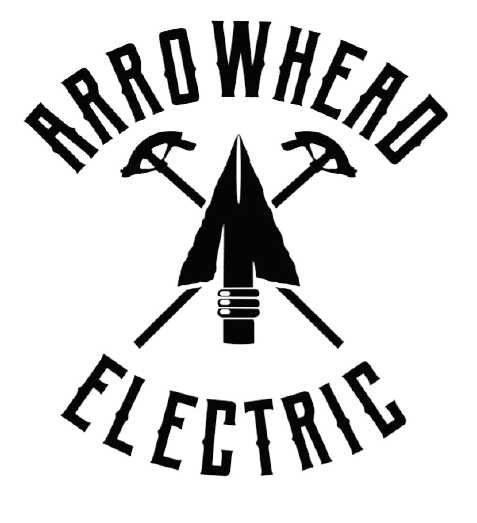Your Trusted Source for Circuit Breakers
Electrical Circuit Breakers Content
What is a Circuit Breaker?
An electrical circuit breaker is a safety device that protects electrical circuits from overload and short circuit conditions. It works by automatically interrupting the flow of electricity when the current exceeds a certain level.
Types of Circuit Breakers
There are two main types of circuit breakers:
- Thermal circuit breakers: Thermal circuit breakers use a bimetallic strip to detect overcurrent conditions. When the current exceeds a certain level, the bimetallic strip heats up and bends, tripping the breaker and interrupting the flow of electricity.
- Magnetic circuit breakers: Magnetic circuit breakers use a solenoid to detect overcurrent conditions. When the current exceeds a certain level, the solenoid trips the breaker and interrupts the flow of electricity.
Circuit Breaker Ratings
Circuit breakers are rated for amperage and voltage. The amperage rating is the maximum amount of current that the breaker can safely carry. The voltage rating is the maximum voltage that the breaker can safely withstand.
Circuit Breaker Installation
Circuit breakers are typically installed in a panel or box. The panel or box is connected to the main electrical service entrance. The circuit breakers in the panel or box protect the individual circuits in the building.
Circuit Breaker Operation
To operate a circuit breaker, simply flip the handle to the “off” position. This will interrupt the flow of electricity to the circuit. To restore power to the circuit, simply flip the handle to the “on” position.
Circuit Breaker Maintenance
Circuit breakers should be inspected and tested on a regular basis to ensure proper operation. Some common electrical circuit breaker maintenance tasks include:
- Tightening all connections
- Checking for tripped breakers
- Testing the breakers to ensure that they are working properly
Circuit Breaker Safety
Circuit breakers are an essential safety device, but they can also be dangerous if not used properly. Here are some important safety tips to keep in mind when working with circuit breakers:
- Always disconnect the main electrical power source before working on circuit breakers.
- Use the correct type of circuit breaker for the application.
- Make sure that the circuit breaker is properly rated for the amperage and voltage of the circuit.
- Do not overload circuit breakers.
- Do not tamper with circuit breakers.
Conclusion
Electrical circuit breakers are an essential safety device that protects electrical circuits from overload and short circuit conditions. Proper installation, operation, and maintenance of circuit breakers is essential to ensure safety and reliability.






